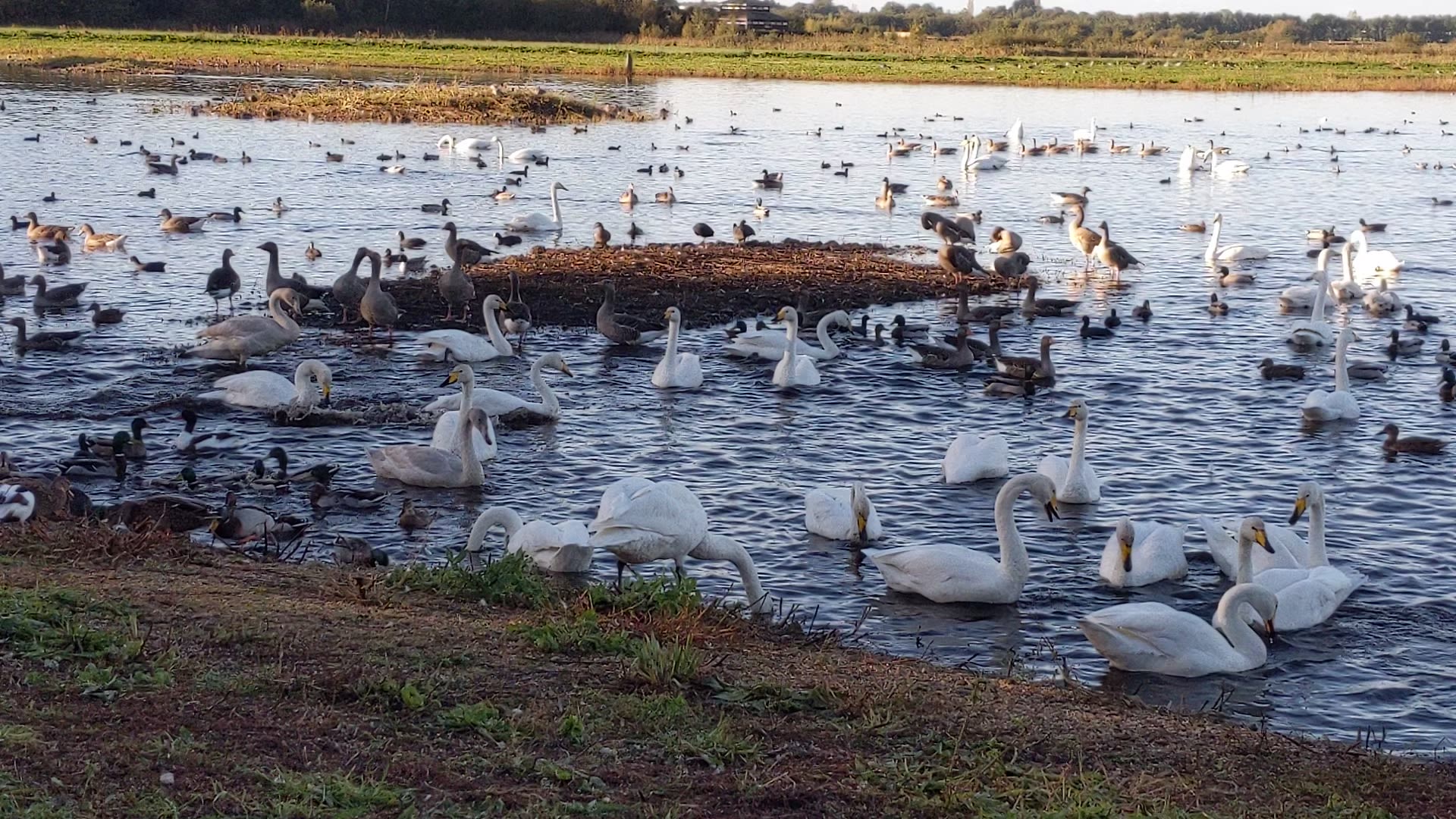2023 at WWT:
A year of wildlife in pictures

What a year it’s been. From curlews to dragonflies, godwits to willow tits, we’ve got so many successes to celebrate. And all thanks to you. Together we’ve achieved so much for our wondrous wetlands and the nature that calls them home.
So, settle back and take a minute to soak up the beauty of our wetland wildlife you’ve helped protect, captured through these extraordinary images.
In February, thanks to years of campaigning by WWT and nature lovers like you, lead shot is banned in all EU wetlands. This momentous decision will save the lives of millions of birds.
In April, we take over management of the UK’s largest moulting ground for shelduck. The addition of Bridgwater Bay National Nature Reserve which borders WWT Steart Marshes, nearly doubles the area we now look after for nature.
Thanks to your generosity, 2023 sees the launch of our Willow Tit Project at WWT Washington and WWT Llanelli.
May sees the first major milestone, with seven young birds successfully fledging at Washington.

May also brings a ray of hope for curlews. Four birds hand reared by WWT staff, return to the Severn and Avon Vales and breed with wild birds.
Great news for black-necked grebes! This spring we hatch two at WWT Arundel – the only UK collection breeding them.
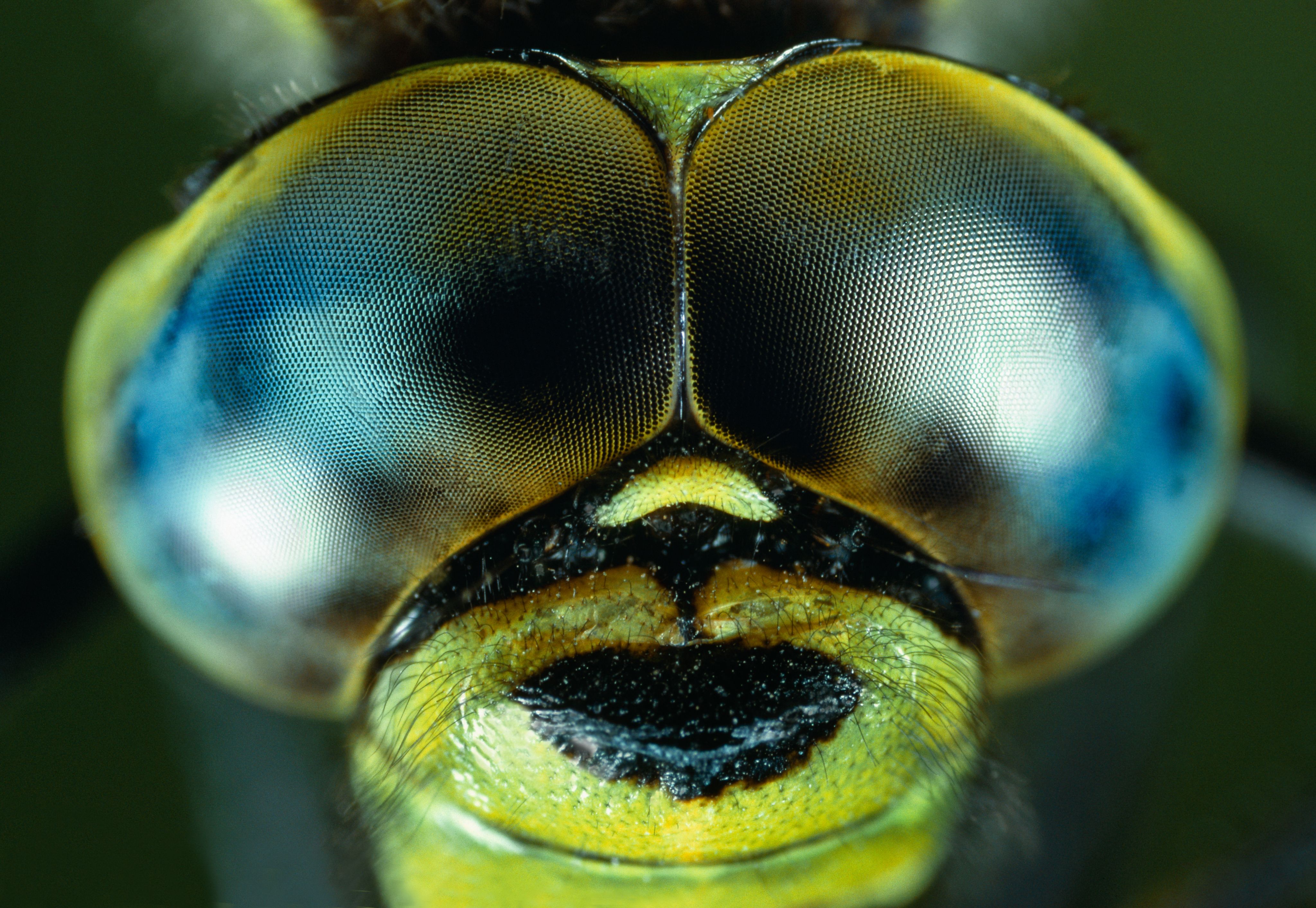
In July, London Wetland Centre is designated a dragonfly hotspot. The site boasts 26 species of dragons and damsels. It’s an extraordinary achievement, only made possible thanks to your generosity.
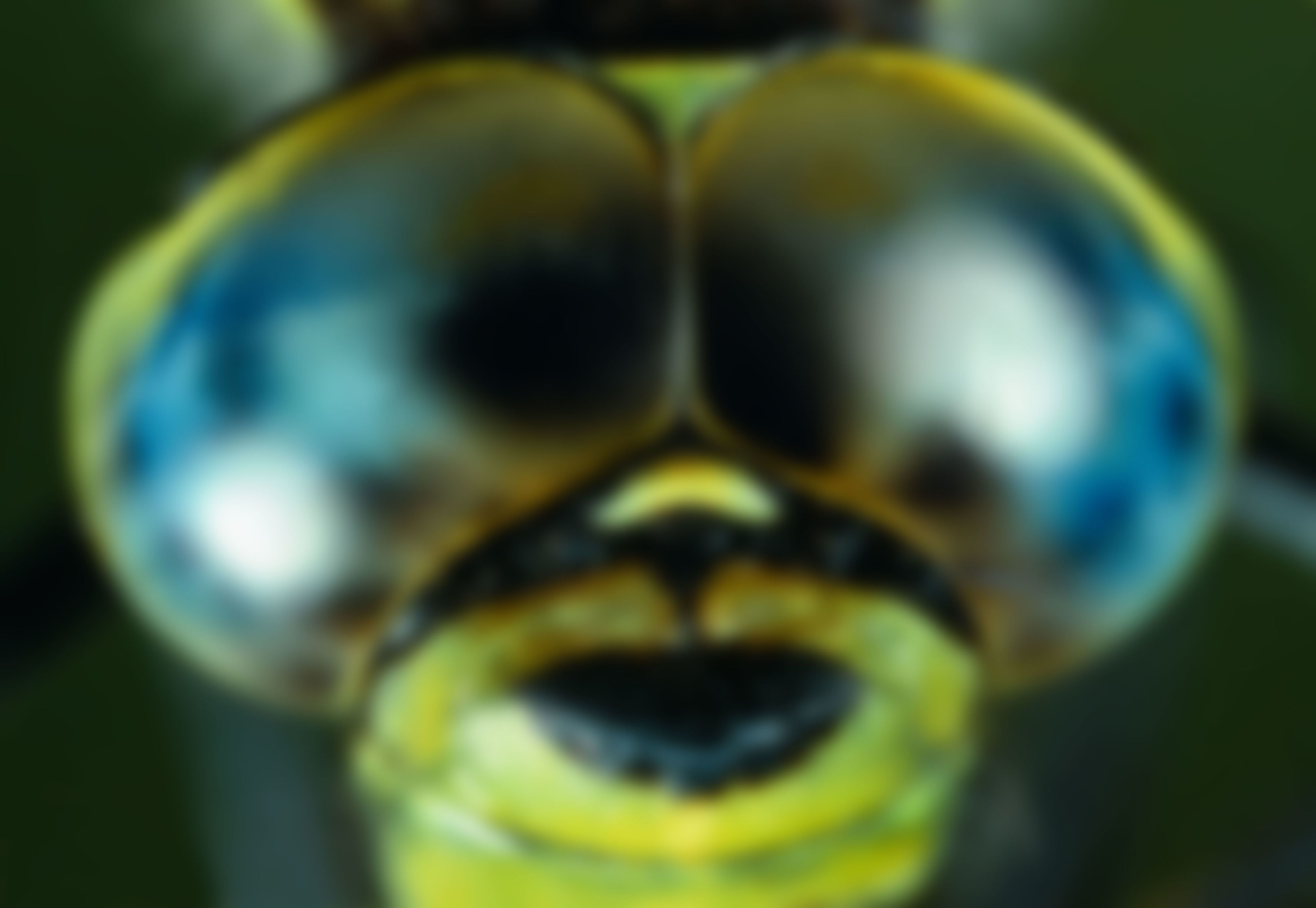

In July, London Wetland Centre is designated a dragonfly hotspot. The site boasts 26 species of dragons and damsels. It’s an extraordinary achievement, only made possible thanks to your generosity.
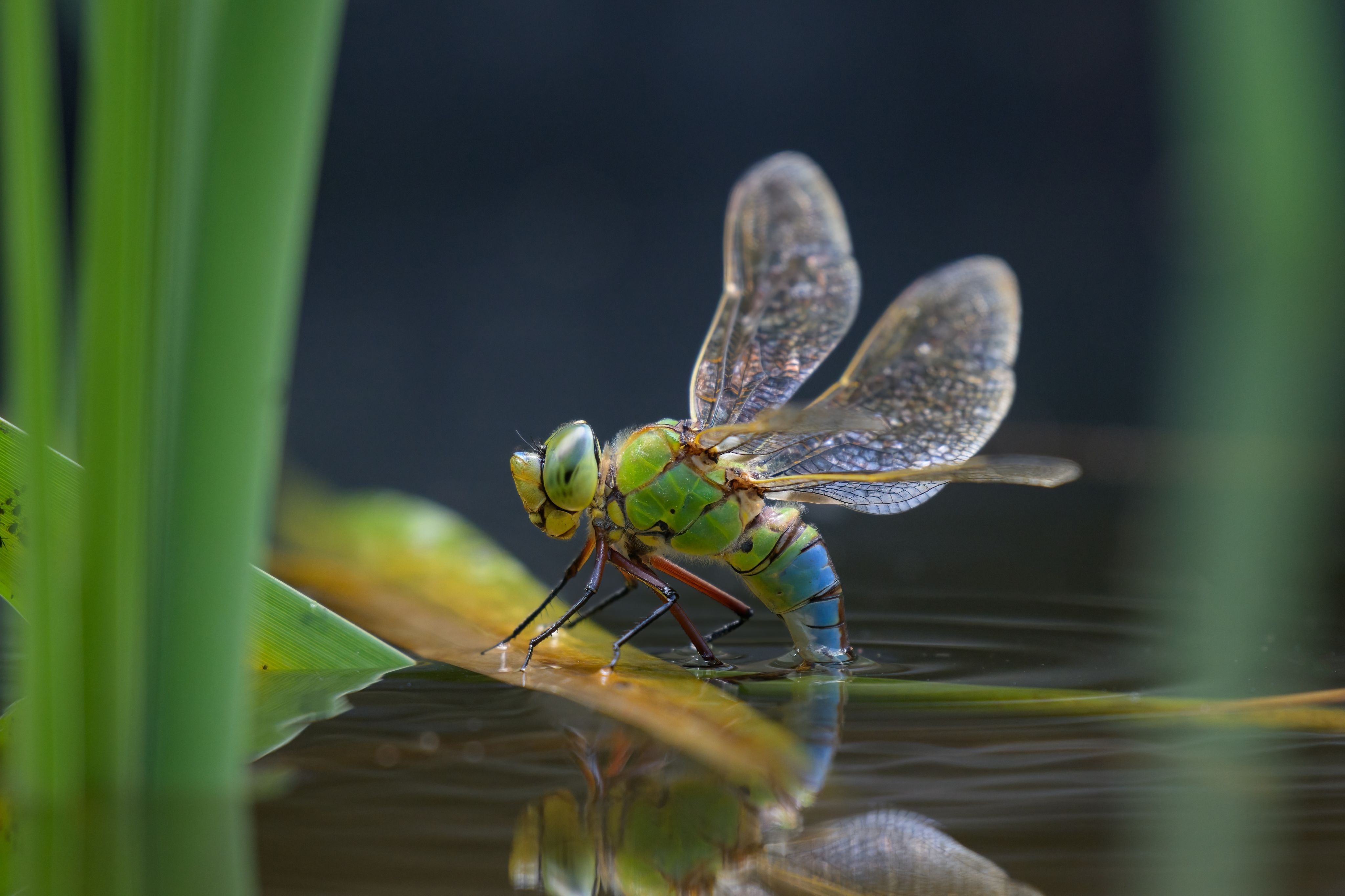
This summer also sees bitterns breeding at Slimbridge for the first time, where this juvenile provides a welcome surprise for reserve warden Martin McGill.
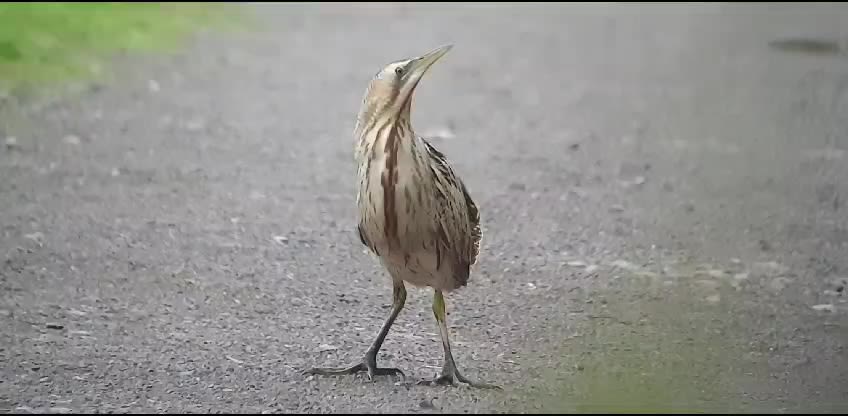
While at WWT Steart, this summer sees 57 skylark territories recorded, an increase of 36% on last year.

At WWT Martin Mere, Chilean flamingos hatch for the first time in 10 years, delighting visitors over the summer.
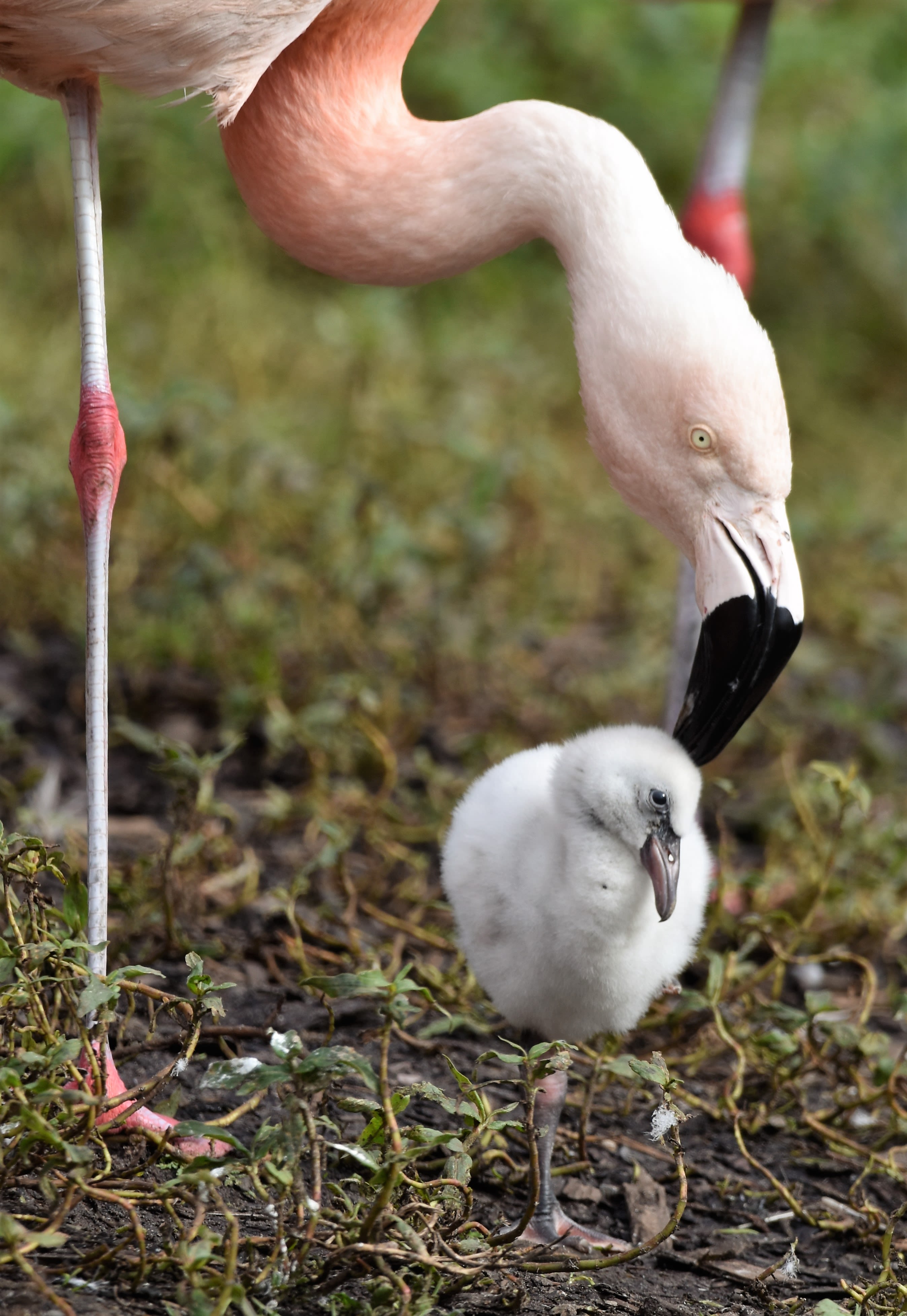
In September we secure funding to transform the future of our black-tailed godwit conservation. In a world first, we’ll establish a captive breeding population at WWT Slimbridge. We’ll also undertake another year of headstarting at WWT Welney.
Our further black-tailed godwit work has been funded by the Natural England Species Recovery Programme Capital Grant Scheme (SRPCGS).
Now to China, where our team catch and colour mark two spoon-billed sandpipers in September. They also collected data at wetlands along the coast, to inform a new up to date world population estimate for 'spoonies'.
As autumn draws in, WWT Martin Mere welcomes large flocks of whooper swans. Twenty also arrive at WWT Slimbridge. Proof our reserves really do support whooper populations.
